#Faneuil Hall
Explore tagged Tumblr posts
Text

Boston Produce Market Postcard | 1975 | Boston, MA
#1970s#1975#pumpkins#postcard#boston market#faneuil hall#autumn#photo#vintage#boston#massachusetts#united states
236 notes
·
View notes
Text







People and places.
#photographers on tumblr#photography#nature#hiking#halloween#salem massachusetts#Salem#Faneuil hall#sleepy hallow#Jim Thorpe#color grading#photographer#my post
5 notes
·
View notes
Text








A few stops along Boston's Freedom Trail. 🥹
#boston#massachusetts#faneuil hall#old north church#old south meeting house#green dragon tavern#my 2021 trip to Boston#amrev#american revolution
15 notes
·
View notes
Text



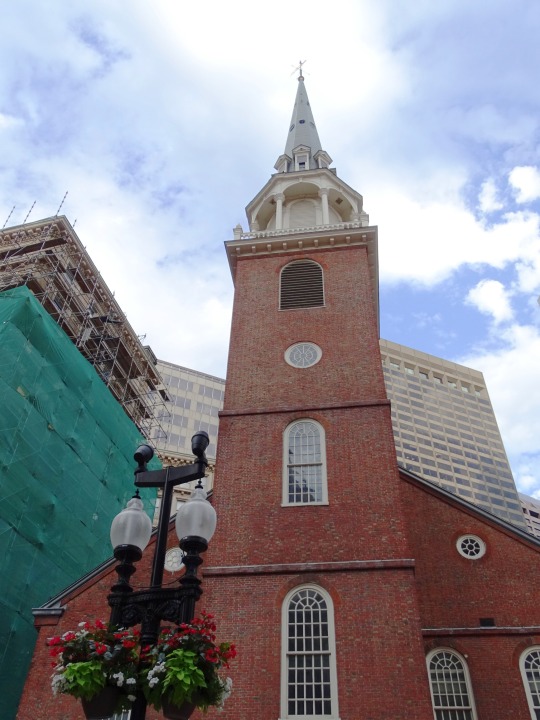
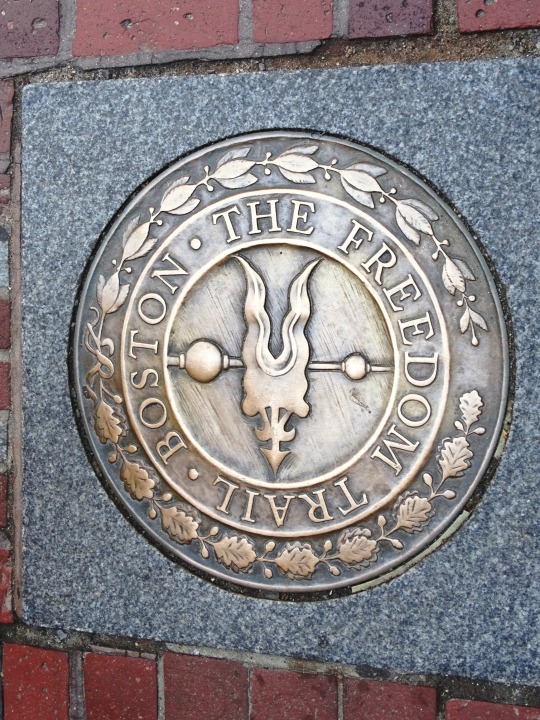
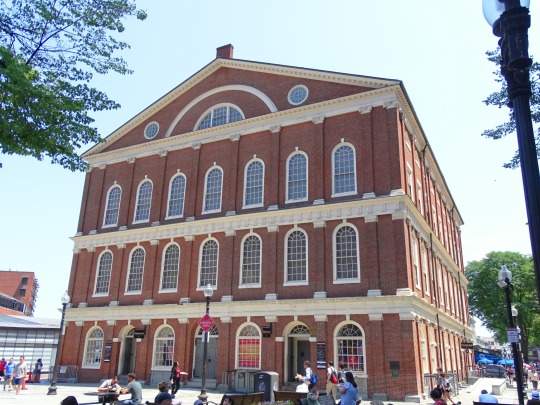



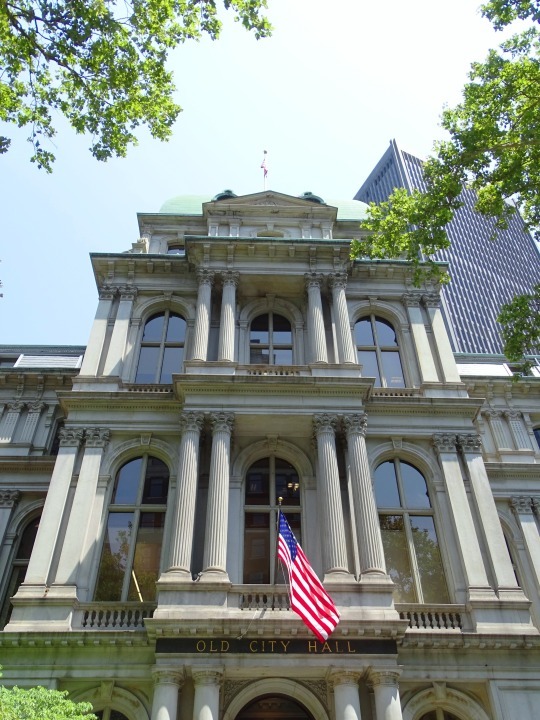
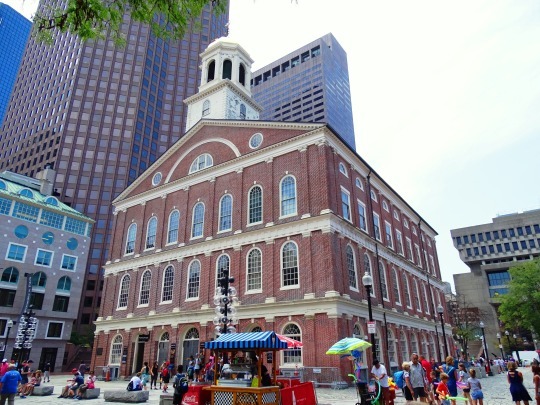

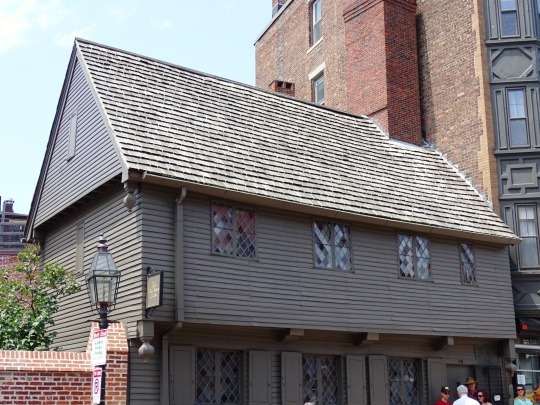




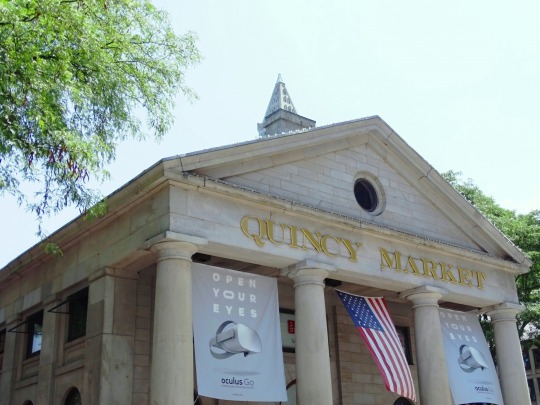


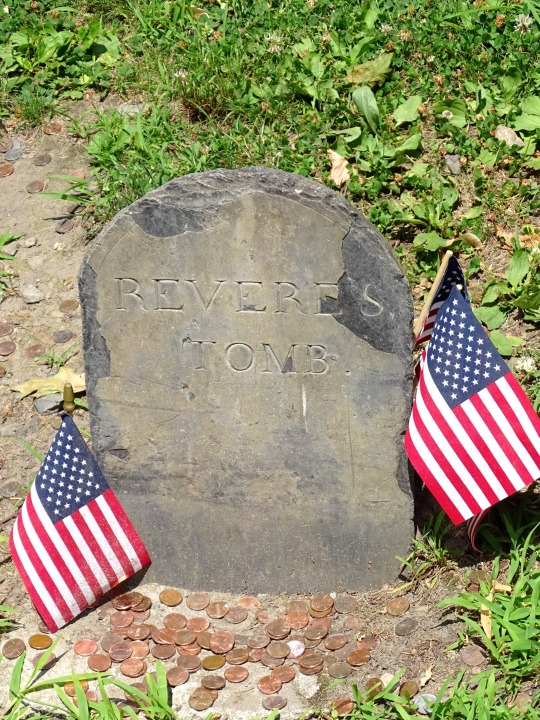


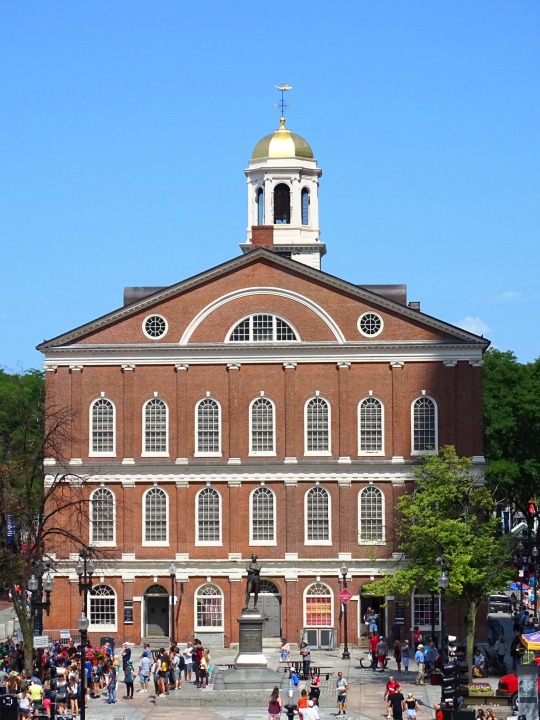

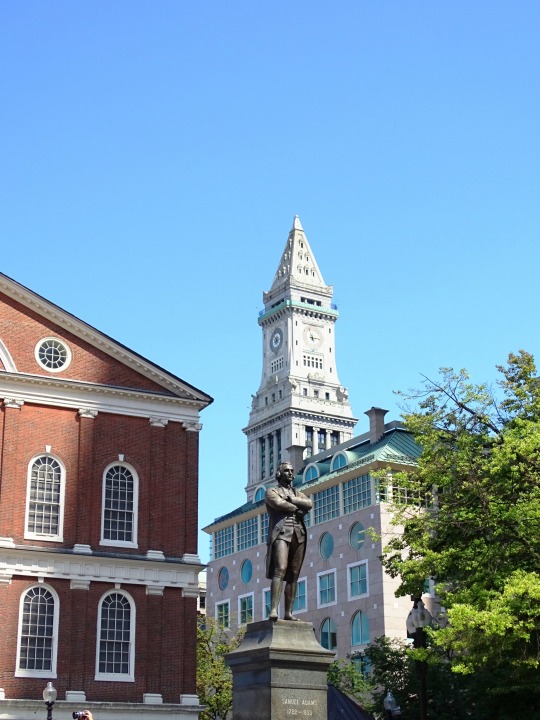
Boston Tea Party Day
There were numerous factors that converged to create an environment that was ripe for an event like the Boston Tea Party to take place, which occurred on today's date in 1773. Some of these included the popularity of tea in the colonies, British debt, acts of Parliament that taxed colonists, the Boston Massacre, and the propping up of a British tea company. The Boston Tea Party can be seen as a tipping point that spurred the revolutionary movement forward, which ultimately allowed for the creation of the United States. It is because of its importance to the formation of the country that we mark Boston Tea Party Day.
Although Britain had been victorious in the Seven Years' War (1756-1763), they had accumulated a great national debt and looked to the American colonies for revenue. Parliament instituted taxes on the colonies, the first being the Stamp Act of 1765, which required colonists to pay a tax on printed paper such as newspapers, business cards, and legal documents. Colonists argued that only their representatives in the colonies should have the power to tax them, and that "taxation without representation" was unjust. The Stamp Act was repealed the following year, but the Townshend Acts of 1767 created even more taxes than the Stamp Act, placing them on items such as paper, paint, glass, and tea. The revenue for these taxes was to pay for the salaries of the royal colonial governors. Colonists once again bristled at the idea of being taxed without representation, and they organized boycotts of the taxed goods. Because of this pressure, in April 1770, all of the Townshend Acts except the tax on tea were repealed. The tax on tea was kept as a symbol of Parliament's power and right to levy a tax on the colonies.
Another incident occurred the month before the Townshend Acts were repealed which also raised the discontent of colonists: the Boston Massacre. Colonists had been irritated that British troops were patrolling their streets, and this pent up anger took the form of action when a mob of colonists threw snowballs at a British sentinel who was guarding the Boston Customs House. British reinforcements arrived and the colonists were fired on. Five lost their lives and six more were injured. The colonial frustration that sparked the Boston Massacre only intensified following it.
Colonists drank about 1.2 million pounds of tea a year. With the repeal of the Townshend Acts, boycotting of British tea abated, although some colonists avoided it and drank smuggled Dutch tea instead. Everything changed after Parliament passed the Tea Act in May 1773. This act was created to save the faltering British East India Tea Company and to turn it into a monopoly in the colonies; the act wasn't designed to raise revenue, but to bail out the tea company, which was valuable to Britain's economy. It allowed the British East India Company to sell tea cheaper than anyone else because it stipulated that the tea didn't need to land in England on its way to the colonies, where an additional tax would have had to have been paid. The tea was still taxed at colonial ports, however. Overall, though, the Tea Act lowered the price of tea from the British East India Company, and the company was able to monopolize the market.
Some thought the Tea Act was made as a way to get colonists to accept and support the idea that Parliament could tax colonists. Even though the price of tea was now cheaper for colonists, they were not supportive of the Tea Act. They had never accepted the right of Britain to place duties on tea, and the act reinvigorated their opposition. The act revived the boycotting of tea, and more people began to smuggle Dutch tea, although it was actually more expensive than the British tea. Two of the most prominent tea smugglers were John Hancock and Samuel Adams. The act negatively affected colonial merchants and these merchants and patriot groups like the Sons of Liberty found themselves aligned in opposition to Britain in a way they hadn't prior. Colonists continued to protest against the tea tax and against British control, and in some ports, they were able to force ships with tea from unloading their cargo.
Then, on the night of December 16, 1773, the first major act of resistance to British rule took place, when the Boston Tea Party occurred at Griffin's Wharf in Boston Harbor. The Sons of Liberty, formed of colonial merchants and tradesmen and comprised of noteworthy members such as Samuel Adams, John Hancock, Paul Revere, and Patrick Henry, had been founded to protest taxation, particularly the Stamp Act. They had spoken against Parliament in their meetings, and when the Dartmouth, a ship filled with tea from the British East India Company, came to Griffin's Wharf in 1773, they protested. By mid-December, the ship had been joined by Beaver and Eleanor, which also carried tea. On the morning of December 16, colonists came together in the area around the wharf, and a meeting was held at the Old South Meeting House. They agreed not to pay any taxes on the tea, or to allow it to be unloaded, stored, sold, or used. At the same time, Governor Thomas Hutchinson said the ships could not return to Britain, the tea tariff had to be paid, and that the tea had to be unloaded. Colonists refused all of these demands.
At least 60—and perhaps more than 100—Massachusetts colonists, believed to be part of the Sons of Liberty, disguised themselves as Mohawk American Indians, boarded the ships and dumped 342 crates or chests of tea into Boston Harbor. They split the crates with their tomahawks so that the tea would be exposed when it hit the water. After almost three hours, they had emptied more than 90,000 pounds of tea into the harbor. In today's dollars, the tea would be valued at about $1,000,000. No other damage was done to the ships or other property. It is not known who was all involved, but the event, which became known as the Boston Tea Party, is believed to have been led by Samuel Adams and organized by John Hancock. Most participants were under the age of 40, and some were teenagers. Only one person was arrested and imprisoned: Francis Akeley. Not all of the Founding Fathers were happy with what happened in Boston. George Washington and Benjamin Franklin were not pleased by it, and Franklin believed that the British East India Company should be reimbursed.
In response to the Boston Tea Party, Parliament passed the Coercive Acts, which became known to the colonists as the Intolerable Acts. Britain passed them in hopes that they would keep the colonies from uniting. These acts did a number of things: they closed Boston Harbor until the tea was paid for, they ended the Massachusetts Constitution and repealed Massachusetts' colonial charter, they halted the free elections of town officials in Massachusetts, formal British rule started in Massachusetts and General Thomas Gage—the commander of British forces in North America—was appointed governor, judicial authority in the colonies was moved to Britain, colonists were required to quarter British troops when asked to do so, and French-Canadian Catholics received the freedom of worship, angering many Protestant colonists. Instead of dissuading colonists from uniting, the Intolerable Acts spurred the revolutionary movement. Colonists sent aid to Massachusetts, those with more moderate views became more sympathetic to those held by radicals, and colonists organized the First Continental Congress.
On September 5, 1774, the First Continental Congress convened, when elected delegates from all the colonies except Georgia met in Carpenters' Hall in Philadelphia. They wrote the Declaration of Resolves over the following month, which censured Britain for passing the Intolerable Acts and called for their appeal, established a boycott of British goods, declared that the colonies had the right to govern themselves independently, and called for a colonial militia. Less than a year later, the Revolutionary War began. There are many events that factored into the colonial break from Britain and the fight for a new country, but the Boston Tea Party played a large role in putting the colonists on an inextricable path to revolution.
How to Observe Boston Tea Party Day
The following are some ideas on how to to mark the day:
Visit the Boston Tea Party Ship and Museum and the Old South Meeting House. Boston Tea Party Reenactments are often held at these locations on today's anniversary.
Stop at the official Boston Tea Party marker at the corner of Congress and Purchase streets.
Read a book about the Boston Tea Party.
Host a party and drink some tea, or dump whatever tea you have into water.
Source
#Park Street Church#Boston Tea Party Day#BostonTeaPartyDay#Boston#16 December 1773#anniversary#US history#original photography#travel#Massachusetts#New England#Freedom Trail#summer 2018#vacation#Paul Revere house#Granary Burying Ground#Paul Revere Memorial#Paul Revere's grave#tombstone#Paul Revere by Cyrus Dallin#USA#Old South Meeting House#Benjamin Franklin Statue by Richard Saltonstall Greenough#Faneuil Hall#Old State House#tourist attraction#cityscape#architecture#landmark
5 notes
·
View notes
Text

Faneuil Hall, Boston, 1975.
#urban landscape#historic buildings#faneuil hall#boston#massachusetts#1975#photographers on tumblr#black and white
10 notes
·
View notes
Text
Boston, MA
So much history ❤️
#boston massachusetts#faneuil hall#paul revere#america#us constitution#united states#freedom trail#proud american#boston college
0 notes
Text
2023: Upward Bound Trip - Faneuil Hall and Quincy Market
Our trip began with a stop for lunch at Quincy Market, located next to the historic Faneuil Hall in Boston. I opted for the obligatory lobster roll—a must-try in this part of the country. While it was good, I have to admit it didn’t quite live up to the hype. Faneuil Hall and Quincy Market are iconic landmarks that perfectly capture the essence of Boston. Faneuil Hall, often called the “Cradle…
#Boston#creative#Cricut#design#faneuil hall#ideas#MASCrapping#masculine scrapbooking#post card#quincy market#samuel adams#ScrapBook#scrapbooks for men#statue
0 notes
Text
Surprising Boston: Three Days on the Freedom Trail
The Freedom Trail is an actual brick line in the sidewalk that you can follow to Faneuil Hall and other important historic sites. ©Keroack Photography by Geri Bain for Travel Features Syndicate, goingplacesfarandnear.com If you had asked me whether I knew about Boston’s role in the American Revolution before my recent exploration of the Freedom Trail, I would have unthinkingly said, “Of…
#Boston&039;s Freedom Trail#Faneuil Hall#Freedom Trail#Freedom Trail Boston#historic places#history tours#Langham Hotel Boston#Paul Revere
0 notes
Video
youtube
A Day in Boston: Swan Boats and Flying Tea
On our way to Mexico last summer, we had a few hours to kill and spent them exploring Boston. Join us as Bob attempts to annoy everyone in Beantown with his observations about Sam Adams, Faneuil Hall, the original State House, Quincy Market, and even the Boston Tea Party. We’ll also take a stroll through Boston Public Garden, and Lisa finally gets to ride in a Swan Boat!
This video debuts our awesome new original theme music, The Messy Suitcase Theme, composed by Patrick Hamm, a guitar player/singer/composer based in Hamburg, Germany. Thank you, Pat! Check out his YouTube channel.
The new introduction was created by Gavin Greenawalt.
INFO
Boston Tourism
Map
#youtube#messysuitcase#travel blog#travel blogger#boston#boston tea party#faneuil hall#massachusetts
0 notes
Text

Faneuil Hall Marketplace, Boston, United States: Faneuil Hall is a marketplace and meeting hall located near the waterfront and today's Government Center, in Boston, Massachusetts. Opened in 1742, it was the site of several speeches by Samuel Adams, James Otis, and others encouraging independence from Great Britain. It is now part of Boston National Historical Park and a well-known stop on the Freedom Trail. Wikipedia
143 notes
·
View notes
Text
going to build a bear could fix me
#unfortunately for my sense of childlike wonder but fortunately for my wallet the nearest one is in peabody and i don't have a car#maybe i'll take the train into boston and swing by the one in faneuil hall one of these days#romeo.txt
3 notes
·
View notes
Text
Lunch at Faneuil Hall Marketplace

0 notes
Text
Lunch at Faneuil Hall Marketplace

0 notes
Text






























Massachusetts became the sixth state to ratify the United States Constitution on February 6, 1788.
#Massachusetts State House#Massachusetts#6th US State#ratified#USA#US Constitution#6 February 1788#anniversary#US history#Boston#travel#summer 2018#original photography#architecture#cityscape#Freedom Trail#tourist attraction#landmark#Salem#Boston Common#Copley Square#Trinity Church#Crowninshield-Bentley House#Public Garden#Old State House#The Salem Witch Trials Memorial by Maggie Smith and James Cutler#Paul Revere House#Charter Street Burying Point#Faneuil Hall#vacation
3 notes
·
View notes
Text
Fun Facts. 100% verified.
Novelist Ernest Hemingway wrote a children's book about a mouse, Nicolás, that runs a mouse-casino under the platform of a train station.
Financier Warren Buffett got his start as the child actor who played "Cousin Oliver" on The Brady Bunch.
The clothiers of King Louis XIV of France invented the phenomena of bedtime slippers made to look like cute animals.
Jonah would later claim that the belly of a whale was his "happy place".
The most popular summer snack around the Faneuil Hall / Quincy Market area of Boston is pot-roast-on-a-stick.

Orbit, the Houston Astros mascot, in the lion's den.
#houston#texas#htx#astros#orbit#daniel#hemingway#boston#cousin oliver#warren buffett#king louis xiv#jonah#the brady bunch
65 notes
·
View notes
Text
Winter Wonderland
Premise: Cassie and Ethan enjoy the holiday decorations around town, leading to a candid conversation about their relationship.
Book: Open Heart Pairing: Ethan Ramsey x F!MC (Cassie Valentine) Rating/Category: Teen. Fluff. Words: 1,475
A/N: This is set during the Secret Dating phase in Lia Land. Submission for @choicesholidays Winter 2024 and @choicesjanuary2025 prompt "hot chocolate:

Cassie Valentine discreetly glanced at her wristwatch beneath the table, wondering if there was still a chance to salvage her evening plans.
She had already changed into street clothes an hour ago and was ready to clock out when she received a page to report to the Diagnostics Team office. Dr. Ramsey had been clear from the start. The team’s schedule was unpredictable, and all members had to forego time off as needed.
As the latest and the most junior member, Cassie had to flex more than others since she was juggling a tough residency and diagnostics fellowship. Still, there was an upside to all the time spent at work—she got to do it with her boyfriend.
Not that anyone else knew the delectable Ethan Ramsey was hers, she mused with secret amusement. She knew, and that was all that mattered.
She side-eyed Ethan at the front of the conference table, facing the videoconference screen she hadn’t known existed until today. His eyes were alive with curiosity and interest as they consulted with a colleague in California. The virtual consult would determine if the team was required on-site for the diagnosis.
Cassie wouldn’t mind a couple of days of sunshine. Winter had Boston firmly in its grip. Of course, there was something magical about walking through a winter wonderland during the holiday season. Twinkling lights strung on palm trees didn’t have the same appeal as snow-dusted oak trees.
“Thank you, Dr. Amherst. We’ll review the patient file and get back to you tomorrow.”
Ethan wrapped up the call, and Cassie refocused her attention on the job at hand. She really hoped tomorrow didn’t mean they would be working late into the night. But, with this team, you never knew.
“I don’t know about the rest of you,” Baz said, stretching his arms, “but I could use a break before we work on the diagnosis.”
“I agree,” June said. “I’d rather come in early and approach the case with fresh eyes.”
Cassie held her breath in anticipation. Ethan seemed to hesitate, but then he nodded in agreement.
“Let’s pick this up tomorrow morning. Not much else we can do today.”
Baz and June wasted no time gathering their things and heading out. Cassie wasn’t far behind, but she stopped when she saw Ethan sit down at his desk and flip open the patient file.
“It’s late, Ethan,” she said, not hiding her exasperation. “Are you really planning to keep working?”
“I just want to go over things while they’re still fresh in my mind,” he said, sliding on his glasses.
He looked up at her. “Go home, Cassie. I’ll be fine.”
“I’m not going home,” she said, settling into the seat across from him. “I’m heading to Faneuil Hall to check out the Christmas tree and holiday decorations. Come with me.”
Ethan smirked, amused. “Isn’t that for tourists?”
“And for doctors who’ve spent fourteen-plus hours in a space that smells like antiseptic. I went last year, and it was nice.”
He rolled his eyes. “I see those decorations every day on my way to work. I’ll pass.”
“Fine,” Cassie said, pulling out her phone. “If you change your mind, you’ll know where to find me.”
When his phone pinged, Ethan glanced at the screen. “What’s this?”
“I just shared my location with you,” she explained. “I’ll keep it on until I get home.”
Almost ten minutes later, Cassie stepped out of the car, thanked her rideshare driver, and drew in a deep breath of the crisp evening air.
Just what I needed, she thought, feeling the tiredness fade away.
The scent of roasted chestnuts and pine mingled with the faint melody of holiday carolers stationed near Quincy Market. Strings of twinkling white and multicolored lights wound their way around the lampposts and tree trunks, casting a soft glow on the historic architecture.
Huddled inside her thick parka, Cassie trekked down the cobblestone streets, her boots crunching softly against the uneven stones as she admired the holiday wreaths adorning shop doors, their vibrant ribbons fluttering in the brisk evening breeze.
Tourists exclaimed excitedly at storefronts showcasing meticulously arranged scenes of snow-covered villages, glittering ornaments and festive garlands. Meanwhile, hardy Bostonians paid no mind to the spectacle, staying laser-focused on their holiday shopping lists.
Cassie treated herself to a steaming cup of hot chocolate and a bag of tiny, freshly fried donuts before settling onto a bench outside Faneuil Hall to people-watch.
A massive Christmas tree towered over the square, draped in a cascade of shimmering gold and silver lights that seemed to light up the night sky. Nearby, a family of four posed for a picture in front of an illuminated reindeer installation while a couple took a selfie, their cheeks rosy from the cold as they huddled close.
“Got room for one more?”
Cassie’s heart lifted at the sound of her lover's familiar voice. She turned to see Ethan and couldn’t help but break into a wide smile.
“Always.” She shifted to make room for him beside her.
“Christ! It’s fuckin’ cold tonight,” he shuddered as the wind picked up.
“You should’ve grabbed a hot chocolate on the way,” Cassie teased, taking an exaggerated sip from hers. “Here.”
She offered him the bag of still-warm donuts, grinning when a dusting of sugar landed on his coat and the corner of his mouth as he took a bite.
“Relax, babe,” she said with a laugh as he muttered about the mess, brushing away the sugar particles with a napkin. “You missed a spot.”
Cassie leaned in and licked the sugar from the corner of his lips. Ethan turned his head, his lips brushing against hers, and then he placed two fingers under her chin, holding her in place as he kissed her deeply and without hesitation.
Firecrackers burst in the distance—or was it her racing heartbeat and the rush of blood to her head? Cassie didn’t know or care as she fell into the moment.
All too soon, their lips drifted apart and the kiss faded into a whisper as their foreheads touched, sharing a quiet, unspoken connection.
“Excuse me?” a man’s voice interrupted. Cassie glanced up to see the other half of the couple who had been taking selfies earlier. “Sorry to disturb you, but could you…?”
He held out his phone to Ethan, then glanced uncertainly back at his girlfriend. Cassie grinned at Ethan’s hesitation and decided to take pity on him.
“I’ll do it,” she offered, stepping forward.
She took a few photos as the couple wrapped their arms around each other and struck playful poses for the camera. The last photo had them kissing softly under the Christmas tree lights. Cassie thought it might be the best one of all, envying the openness of their relationship.
As the couple walked away, thanking her with bright smiles, Cassie sighed wistfully and settled back onto the bench beside Ethan.
“What’s that sigh about?” he asked, raising a curious brow.
“Nothing,” she said, avoiding his gaze as she gathered the empty cup and paper bag to toss in the trash.
“Do you wish we weren’t keeping our relationship secret?”
Cassie was always amazed at how astutely Ethan could read her feelings. She supposed it was inevitable when two people had been in an intimate relationship of one type or another for almost nine months.
“We’re private people.”
“That’s not what I asked, Cassie.” He took her hand, intertwining their fingers. “Do you want to go public?”
“I don’t know,” she said. “Our families and my close friends know. It should be enough.”
“But…?”
Cassie rolled her eyes. He could be relentless, like a dog with a bone. She knew he wouldn’t drop it easily.
“But I hate how the nurses flirt with you at work while I have to pretend it doesn’t bother me. Or how, if we took a selfie right now, I couldn’t post it on Picta because, as far as the world knows, I’m single.”
“I’m not posing for a selfie on Picta under any circumstances,” Ethan murmured.
“Wanna bet?” she shot back, glaring at him.
Ethan smirked, his lips twitching as if to hold back a retort. Instead, he leaned in closer, his voice low and teasing. “You’d lose that bet, Dr. Valentine.”
Cassie raised an eyebrow, a challenge glinting in her eyes. “Careful, babe. I always play to win.”
He chuckled, shaking his head. “Come on, let’s get out of here before I freeze my balls off sitting on this icy bench.”
She grabbed her things and fell into step beside him, their fingers brushing but not quite holding. As they walked into the twinkling glow of the holiday lights, Cassie glanced at him, a quiet smile tugging at her lips.
Maybe the world didn’t need to know about them just yet. Moments like this were enough.
A/N: In case you were wondering. Ethan lost that bet. 😂
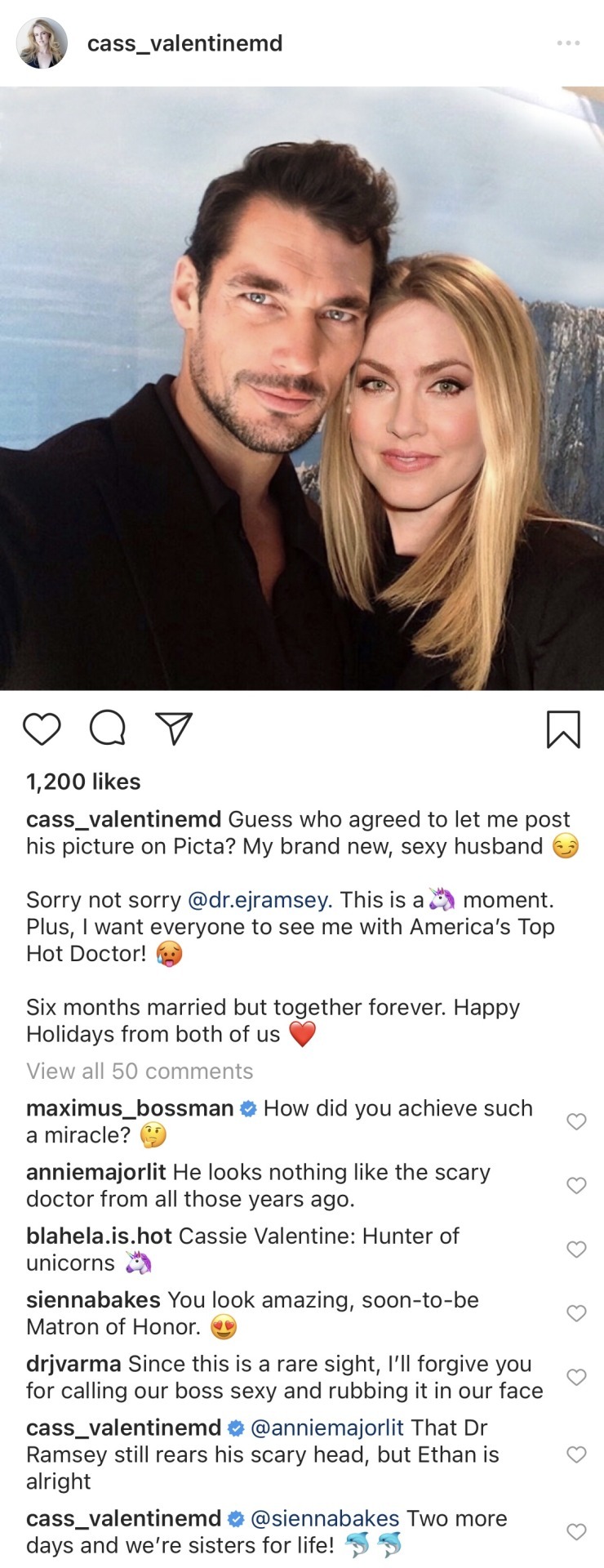
-----------------
All Fics & Edits: @bluebelle08 @coffeeheartaddict2 @crazy-loca-blog @jerzwriter @justyourusualash @lady-calypso @kyra75 @mainstreetreader @peonierose @potionsprefect @queencarb @quixoticdreamer16 @snoopdogcone @tessa-liam @trappedinfanfiction @loreofyore
Submissions: @choicesficwriterscreations @openheartfanfics
Ethan & Cassie only: @cariantha @custaroonie @youlookappropriate
#open heart#ethan ramsey#ethan ramsey x mc#open heart fanfic#choices open heart#open heart fanfiction#playchoices#choices fanfic#choices fanfiction#ethan x mc#winterholidays2024#ethan ramsey x cassie valentine
35 notes
·
View notes